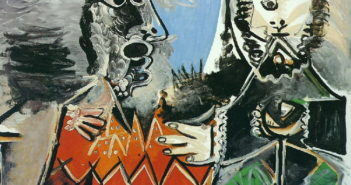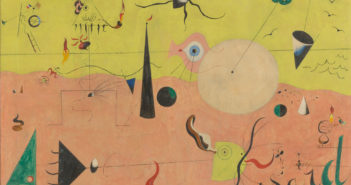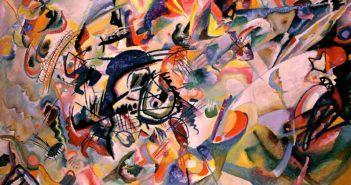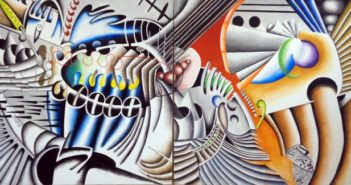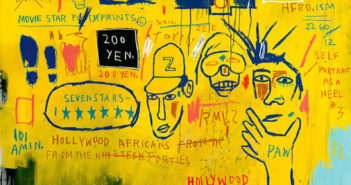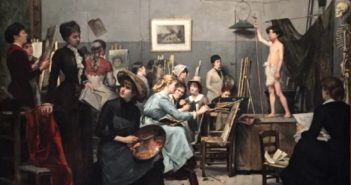
Hope
When I was a kid my folks took me on a road trip. As we approached the town of Hope, B.C., we saw, crawling up the shoulder of a steep hill, an ancient Model T Ford. A skinny, mustachioed man wearing a fedora was sitting up tall behind the wheel. Below him, a sign on the side of the old car read “Toronto or Bust.” Toronto was 5500 miles away. As we flew by in our ’47 Chev Fleetline I distinctly remember my dad turning to me, winking, and saying, “No hope.” My mom laughed. Dad turned out to be wrong.

